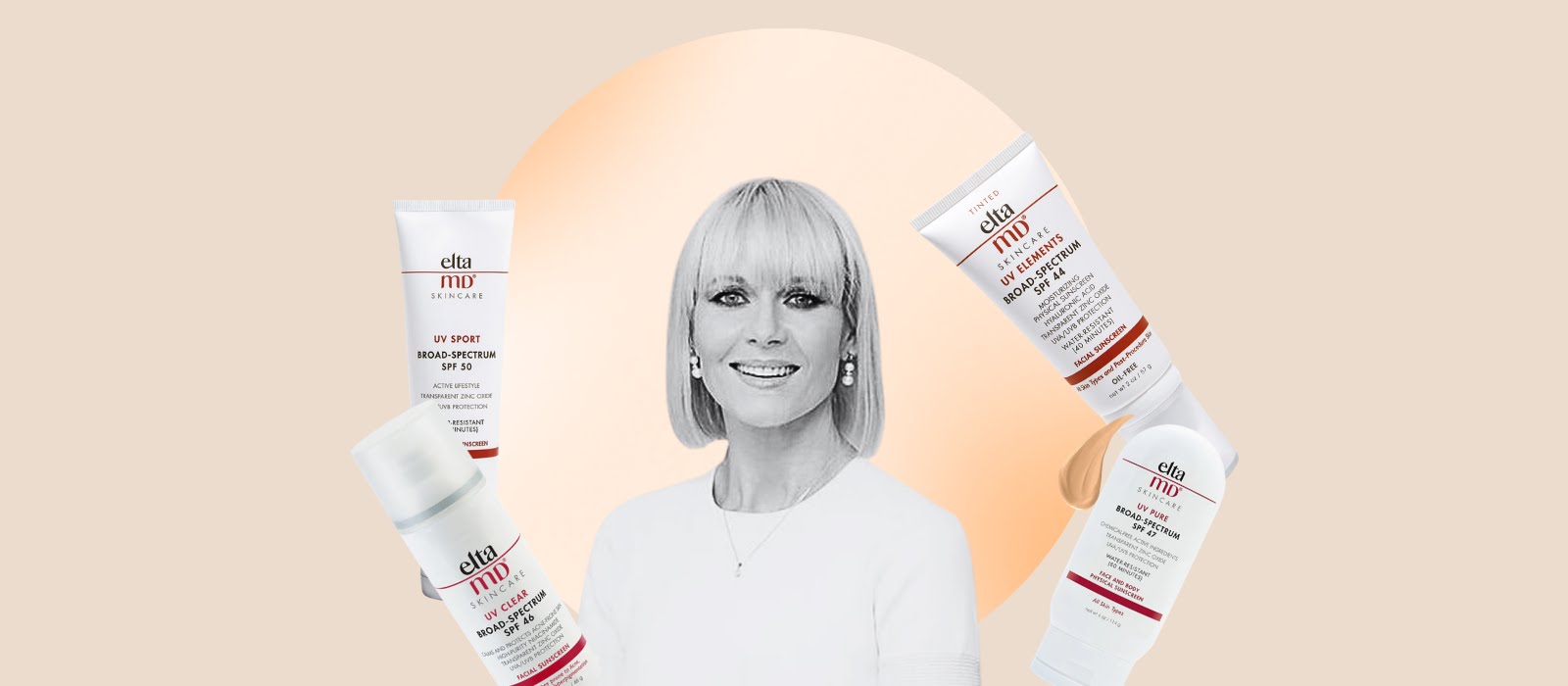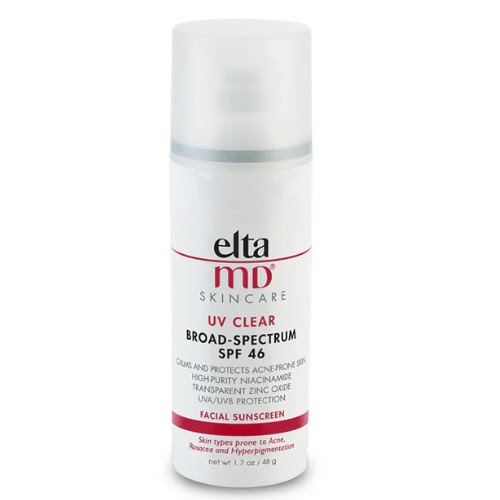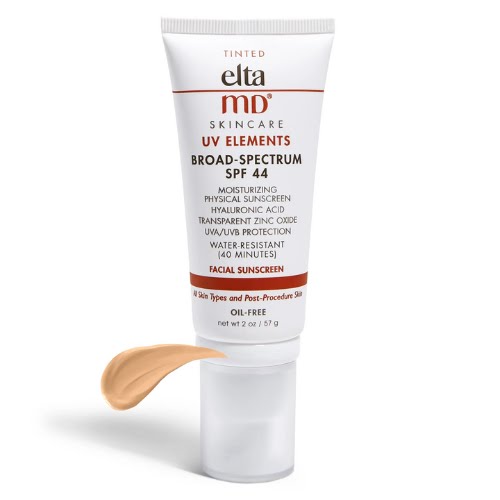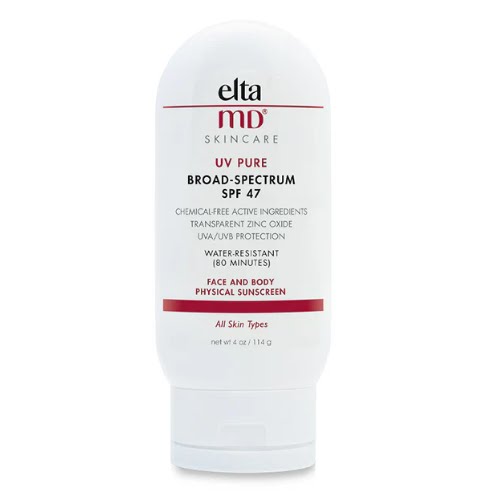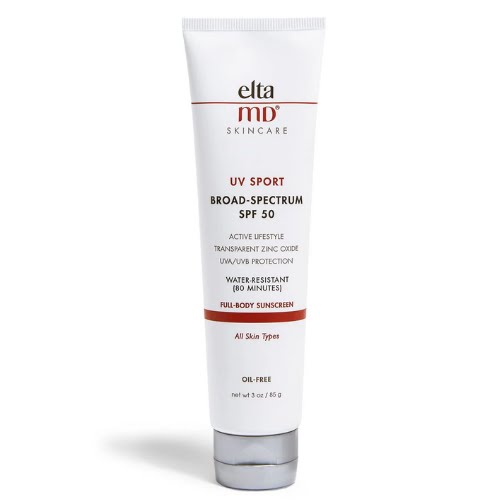
Professor Nicola Ralph, consultant dermatologist and co-founder of The Institute of Dermatologists on everything to know about sunscreen.
MEET THE EXPERT

Professor Nicola Ralph, consultant dermatologist, co-founder of The Institute of Dermatologists and Clinical Assistant Professor at University College Dublin.
Why should we use sunscreen daily?
Prevention is better than cure! Skin cancer is the most common cancer in Ireland affecting approximately 13,000 people per year of which the majority are non-melanoma skin cancers and approximately 1,100 are melanoma. Skin cancer is largely preventable if one protects their skin from childhood with a style of clothing including hats, glasses and a combination of broad-spectrum sunscreen. UV light is our biggest risk factor for skin cancer and even on cloudy days, we need to wear it as up to 80% of UV light will penetrate the clouds. Approximately 80-90% of our wrinkles are from the sun so not only are you preventing the formation of skin cancer later in life by wearing sunscreen daily but you will look younger for longer!
What should you look out for when choosing sunscreen?
You should choose a sunscreen which is broad-spectrum, protecting you against both UVA and UVB. UVA is present all year long. It penetrates deeper into the skin resulting in the formation of wrinkles and it can penetrate glass, hence the need for daily use of sunscreen regardless of the weather. UVB are the burning rays of the sun and UVB peaks from May to October in Ireland. Both UV rays have the potential to cause ageing of the skin and put one at increased risk of developing skin cancer with age. Sunscreens may be chemical or physical/mineral (containing zinc oxide/titanium dioxide) or a combination of both. Physical/mineral sunscreens are more immediately effective, acting like a shield sitting on the skin’s surface, whereas chemical sunscreens should be applied 20-30 minutes before going outside in the sun to ensure adequate protection. Sometimes patients with sensitive or eczema-prone skin may find their skin is irritated by chemical sunscreens, therefore they may prefer to choose a physical-only sunscreen such as Elta MD UV Elements (tinted), €57.
Children, particularly infants have more sensitive, thinner skin therefore ideally one should use a style of clothing to protect their skin, keep them in the shade where possible and if using sunscreen on smaller areas of skin, choose a mineral sunscreen such as Elta MD UV Pure, €45.
The number on the bottle is also important. Ideally, choose at least an SPF 30+ during the winter months which will filter out approximately 97% of the UVB rays and SPF 40-50+ during the summer months. No sunscreen is 100% protective hence the name sunscreen is used rather than sunblock, as 100% of the rays cannot be blocked from penetrating the skin!
How often and how much should you apply?
Sunscreen should be applied every two hours or immediately after towel drying the skin, after swimming or sweating with exercise. The amount one applies to the skin is also important and sometimes the reason we develop sunburn is due to the fact we often don’t apply enough sunscreen and don’t apply it frequently throughout the day. Sunscreen sprays may be used to top up throughout the day but they need to be rubbed into the skin as just a sheen sitting on the top of the skin does not give adequate protection. Ideally, apply a shot glass size to the entire body every two hours.
What sunscreen do you recommend to use?
Elta MD is the #1 recommended professional sunscreen brand by US dermatologists as it offers a broad range of sunscreens suitable for all skin types. It provides protection for all ages from infants to adults who suffer with skin conditions such as rosacea, acne and eczema. Many people are reluctant to use sunscreen all year round on their face and neck as they find sunscreen gloopy, sticky, messy and sometimes leaves a white cast on the skin resulting in a paleness of the skin. Elta MD offers many tinted options which blend into one’s own skin tone which enhances the skin rather than dulling the skin. The other ingredients added to many of their sunscreens include niacinamide, lactic acid and hyaluronic acid which help the skin of those who suffer from chronic skin conditions and create a radiance to the skin. They are also a great base for make-up, hence should be used daily as the last step in a skincare routine before make-up is applied.
Which products should everyone try?
Elta MD UV Clear, €58, is our go-to favourite as it comes in both tinted and clear versions suitable for both men and women. It is also suitable for both acne and rosacea-prone skin, two skin conditions which are extremely common in Ireland. It’s formulated with niacinamide to calm irritation/redness which is particularly helpful in those who suffer from rosacea as well as lactic acid to help those who are prone to breakouts. It contains hyaluronic acid to hydrate the skin and create a radiant glow. It is lightweight, non-comedogenic and adapts to one’s own skin tone creating a more even-appearing skin tone!
Elta MD UV Elements, €57, is a 100% physical-only sunscreen offering a universal tint in a moisturising base. It is suitable for even the most sensitive skin types including those who have just undergone facial procedures. Its chemical-free actives, zinc oxide and titanium dioxide provide safe but sure sun protection.
Elta MD UV Pure, €45, is ideal for those with sensitive skin, particularly children. It is a broad-spectrum sunscreen suitable for sensitive skin and glides easily onto wet or dry skin. This is especially important for busy children who just want to get back in the water. It is also water resistant for up to 80 minutes.
Elta MD UV Sport, €43, is ideal for those active individuals who are always outdoors and want great protection for the body from those constant rays. It not only helps to prevent premature ageing for those who spend a lot of time outdoors but it offers up to 80 minutes of water and sweat resistance.











